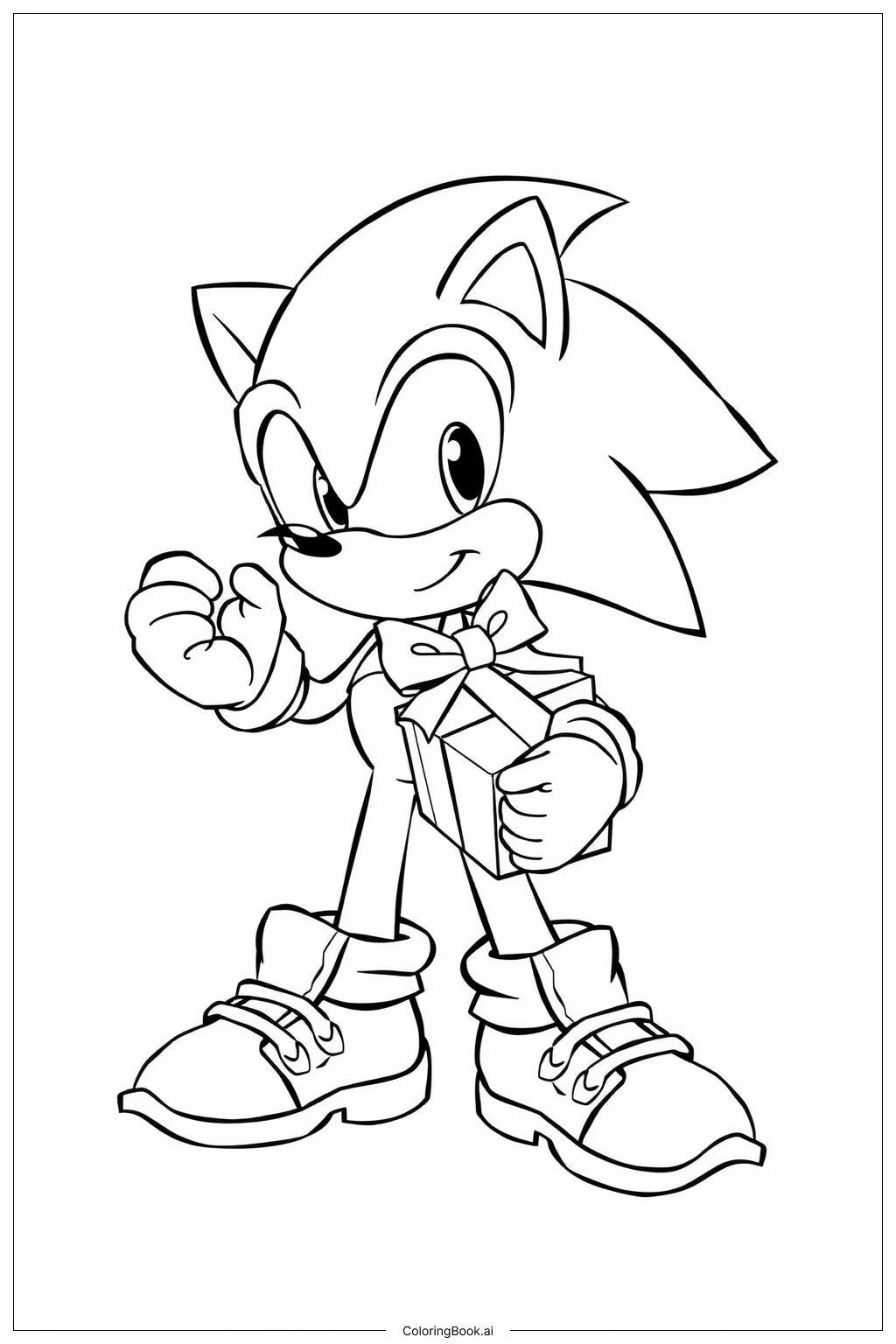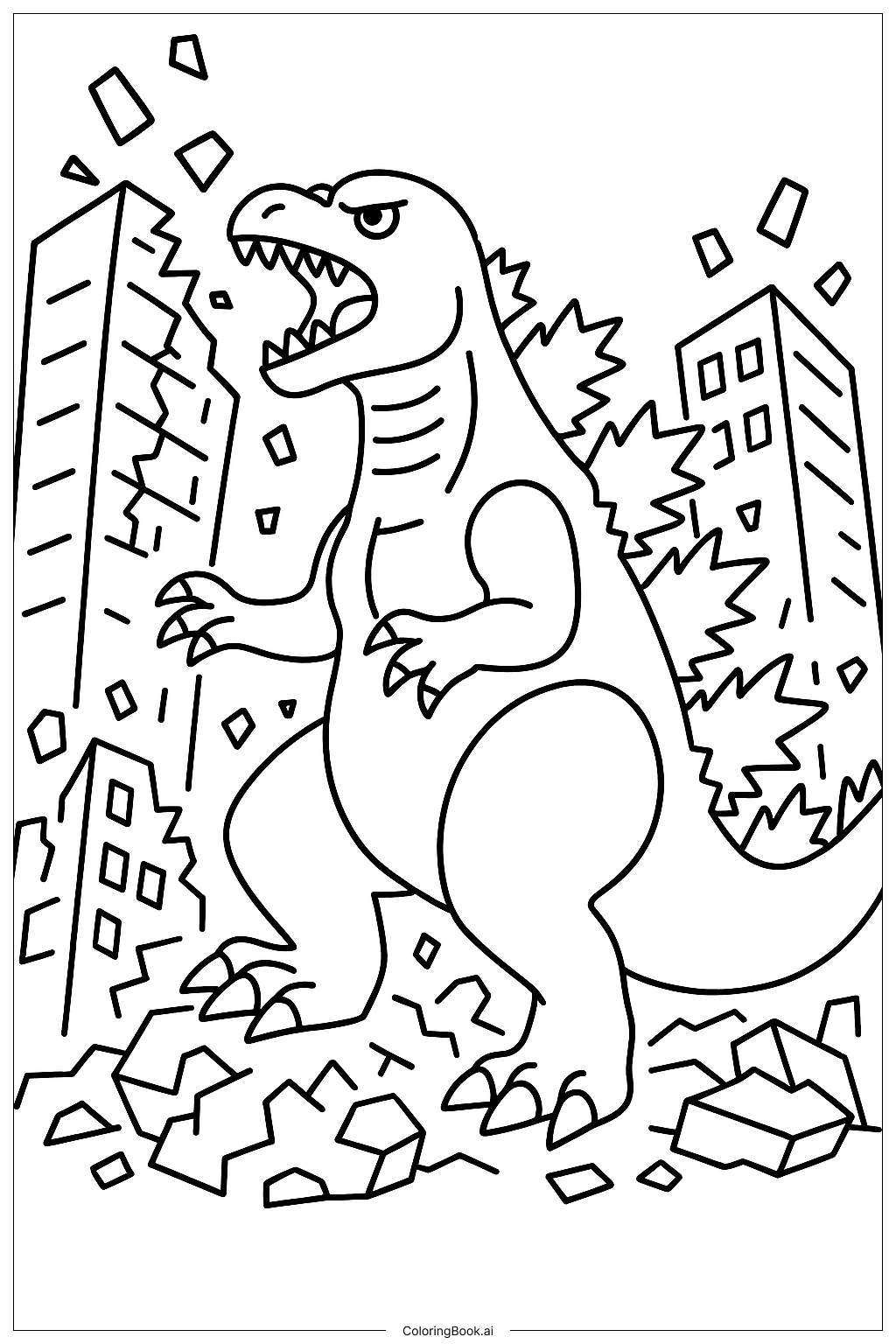Coloring tips: How to color Bulbasaur Taking A Nap coloring page well?
Use soft green colors for Bulbasaur’s body to show its gentle nature. The bulb on its back can be colored with shades of green to make it stand out. For the eyes and other small parts, use darker green or even a little bit of blue to add variety. You can add light shading inside the lines to show depth and make Bulbasaur look more three-dimensional. Try to color softly around the edges and blend colors smoothly to keep the peaceful feeling of the picture.
Coloring challenges: Which parts are difficult to color and need attention for Bulbasaur Taking A Nap coloring page?
1. The smooth curves of Bulbasaur’s body need careful coloring to stay inside the lines. It can be hard for younger kids to color these round shapes neatly.
2. The bulb on the back has multiple sections with fine lines. Coloring each part evenly without mixing colors can be tricky.
3. The small details on Bulbasaur’s face, like the eyes and nose, require precision. It demands a steady hand.
4. Adding soft shading to keep the peaceful mood can be difficult because it needs blending of colors gently.
5. Keeping the colors even and avoiding patchy spots in larger areas like the body is also a challenge for beginners.
Benefits of coloring books: Advantages of drawing Bulbasaur Taking A Nap coloring page
Coloring this picture helps kids improve their hand-eye coordination as they try to stay within the lines. It encourages focus and patience, especially when coloring small details like Bulbasaur’s face and the bulb. The image also inspires creativity in choosing different shades of green and blending colors softly. It’s a fun way to learn about peaceful moments and relaxation, helping children express calmness through art.








